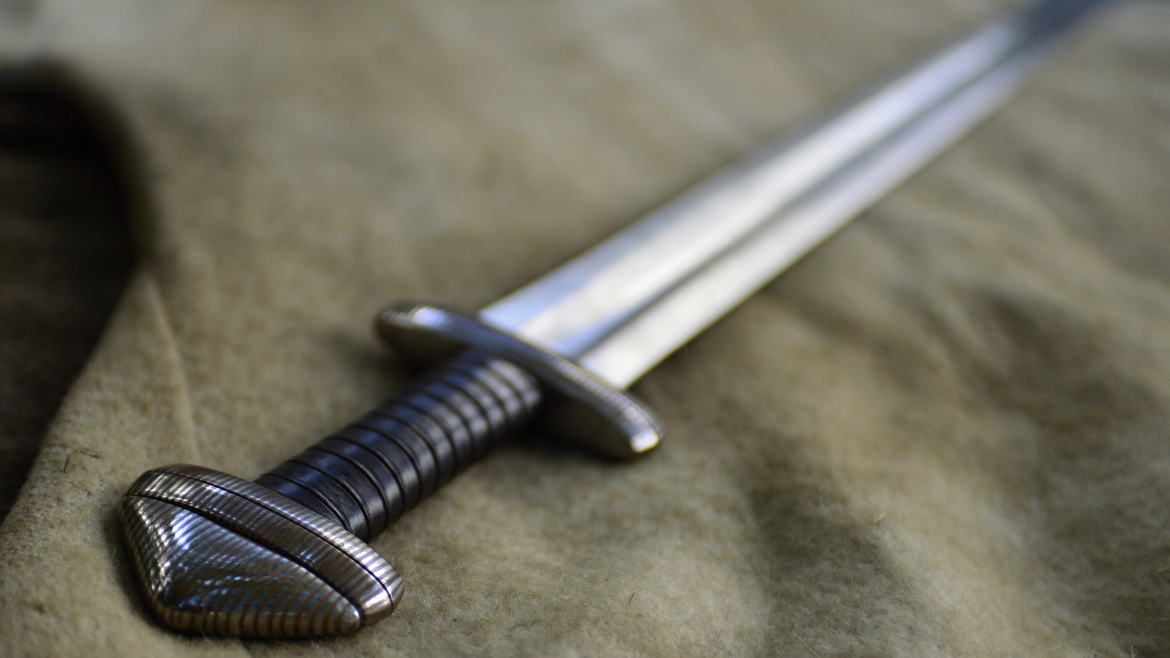What Are Some Important Things to Know About Katana Swords?
Japanese blades have long been said to be the samurai’s soul. These elaborately crafted swords are arguably the most well-known and iconic kind of swords ever created. This is because Japanese swords have traditionally been regarded as more than merely a sword. They’re status symbols as well as pieces of art.
All through Japanese history, they have also held spiritual importance. Here are some fascinating facts about Katana swords that you need to know right now.
The Spiritual Manufacturing Process
People held swordsmiths in great respect in olden history. Emperors are even said to have made their swords, which is rare in which physical work has been linked to them. In his exile, the banished emperor Go-Toba built a smithy where he could make blades.
According to history, the production process was accompanied by religious rituals. Before manufacturing a sword, a smith would cleanse oneself as per Shinto ceremonies, including fasting and physical seclusion. He would use a special rope to cordon off his worksite as sacrosanct throughout the forging process.
Ultimate Value
Katana swords forged by the famous masters are considered precious and more valuable than other blades. Even a broken Katana from a well-known swordsmith is more valuable than a flawless sword of lesser value.
While the blade is typically the essential element, the other sections play an essential role in determining its worth. A swordsmith makes the blade, but different artisans make the other components.
The tsuba, or ornamental handguard, is an essential item for enthusiasts. It is equally important as the blade at times. Moreover, collectors can spend huge amounts of money on a tsuba. At auctions, even small pieces of the blade may fetch a lot of money. Similarly, different artisans also made amazing scabbards, attachments, and embellishments worth thousands of dollars now.
Creator and Polisher Relationship
The swordsmith and blade polisher’s connection is like that of a songwriter and a singer. Without either, a sword cannot meet the expectations. Without appropriate polishing, all of the features that assessors use to assess a blade’s excellence are invisible.
The grain and tempering line in steel, which are essential to a sword’s look, is only visible when a professional polisher pulls them out in a process that could take longer than forging the sword itself.
Unorthodox Testing Processes
During the Edo era, the state created an authorized testing bureau to determine the quality of swords. As a result, a skilled samurai would put a weapon to the test by slashing through the corpses of dead or perhaps still alive offenders heaped on top of one another.
Samurais used this to teach novice warriors on occasion. However, only expert warriors and samurais could do the official testing to guarantee that the cut was determined solely by the blade.
Warriors also tested the swords in a variety of places, ranging from the foot to the torso. The blade was engraved with the test findings, such as “sliced four bodies through the torso.” If the sword proved to be extremely strong, its value skyrocketed.



